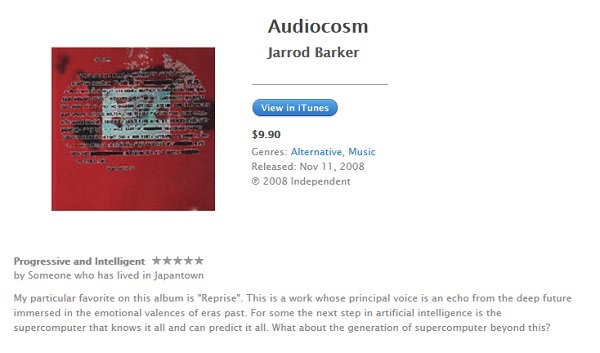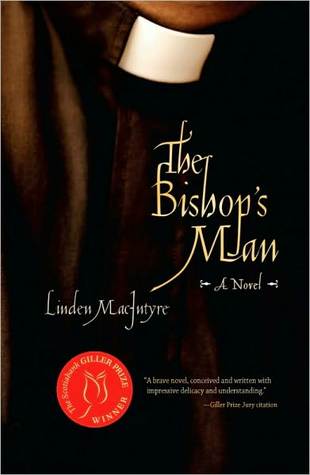 It’s that time of the year again…time for a perennial favorite read. Why favorite? Because we all want to know how much longer Winter will last. At this point on the calendar, at the second day of February, it feels like warm days are lost forever. But there is always hope. Hope in a critter and a shadow. Let’s begin. Again.
It’s that time of the year again…time for a perennial favorite read. Why favorite? Because we all want to know how much longer Winter will last. At this point on the calendar, at the second day of February, it feels like warm days are lost forever. But there is always hope. Hope in a critter and a shadow. Let’s begin. Again.
Maybe Groundhog Day can become a National or Provincial Stat Holiday because February 2nd isn’t officially known as Groundhog Day. Technically it isn’t a National Holiday. It isn’t a Provincial Holiday. [Is Quebec the only province with a Provincial Holiday? CP]
But maybe it should be.
Groundhog Day isn’t an exclusive celebration that targets a specific demographic such as Family Day. It isn’t religiously or politically motivated. It doesn’t specify Muslim, Buddhist, Marxist, agnostic or atheist beliefs. It is inclusive, quirky, wacky and fun. There is no need to worry about political incorrectness.
Maybe Groundhog Day can become a rallying point for Ontarians because in many ways they are like us: Groundhogs are robust creatures. They handle a long winter with style. Groundhogs might be cute but they are also tough!
Maybe the Groundhog can become Canada’s national animal.
Does anyone remember the politician who wanted to make the polar bear our national animal? Most of us aren’t likely to run into polar bears. It’s that old adage: “Out of sight, out of mind” and since we’re more likely to see a groundhog and associate with a groundhog it is an ideal choice. Incidentally Canada’s national animal is the beaver. Another obscure animal that most of us have never seen.
Maybe Groundhog Day is spiritual after all.
If a Holiday needed ever to be justified on a basis of spirituality or community consider the following short list:
- Mysticism (Shadow casting or lack their off = Long range weather forecast)
- Fatalism (Let everyone believe that an animal can come out of the ground on a specific day and tell us how the next six weeks will turn out)
- Anthropomorphism (Groundhogs can really see? Can they talk? How do we know if they have seen their shadow?)
- Human/Animal Communication or Telepathy (Groundhog interpreters/ Groundhog whisperers? Are they specific to Wiarton, Punxsutawney?) Feature image- Punxsutawney Phil. For the Silo, Rick Fess.
Supplemental- “Pothole Pete” is a growing legend in New York City. Canada’s groundhog is an albino.




 It’s hard to say exactly what the future holds, though Steve Jobs was seemingly pretty good at predicting it. In 1972 I had the unusual opportunity to be in a computer class with Steve Jobs. Of course, at the time he was just a nerdy teen and I was four years his junior. He and I would vie to play Tic-tac-toe on a 500 pound “computer” that our High School had recently purchased. Steve was obsessed with this machine. One day I asked Steve why he was so fixated on this refrigerator sized computer. He turned to me and said in an intense manner, “Don’t you see? This machine is going to change everything! It’s going to change the world!”
It’s hard to say exactly what the future holds, though Steve Jobs was seemingly pretty good at predicting it. In 1972 I had the unusual opportunity to be in a computer class with Steve Jobs. Of course, at the time he was just a nerdy teen and I was four years his junior. He and I would vie to play Tic-tac-toe on a 500 pound “computer” that our High School had recently purchased. Steve was obsessed with this machine. One day I asked Steve why he was so fixated on this refrigerator sized computer. He turned to me and said in an intense manner, “Don’t you see? This machine is going to change everything! It’s going to change the world!” 

